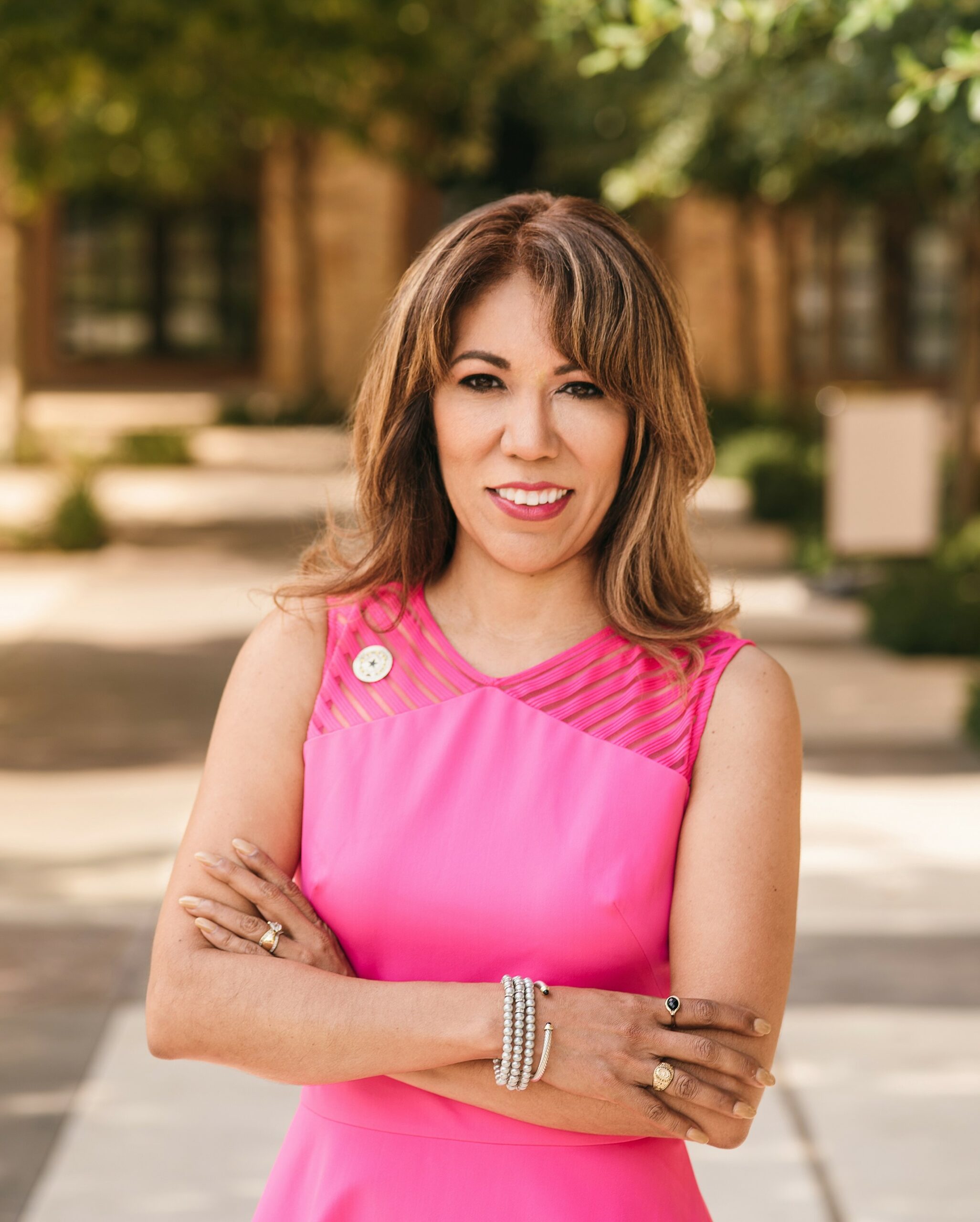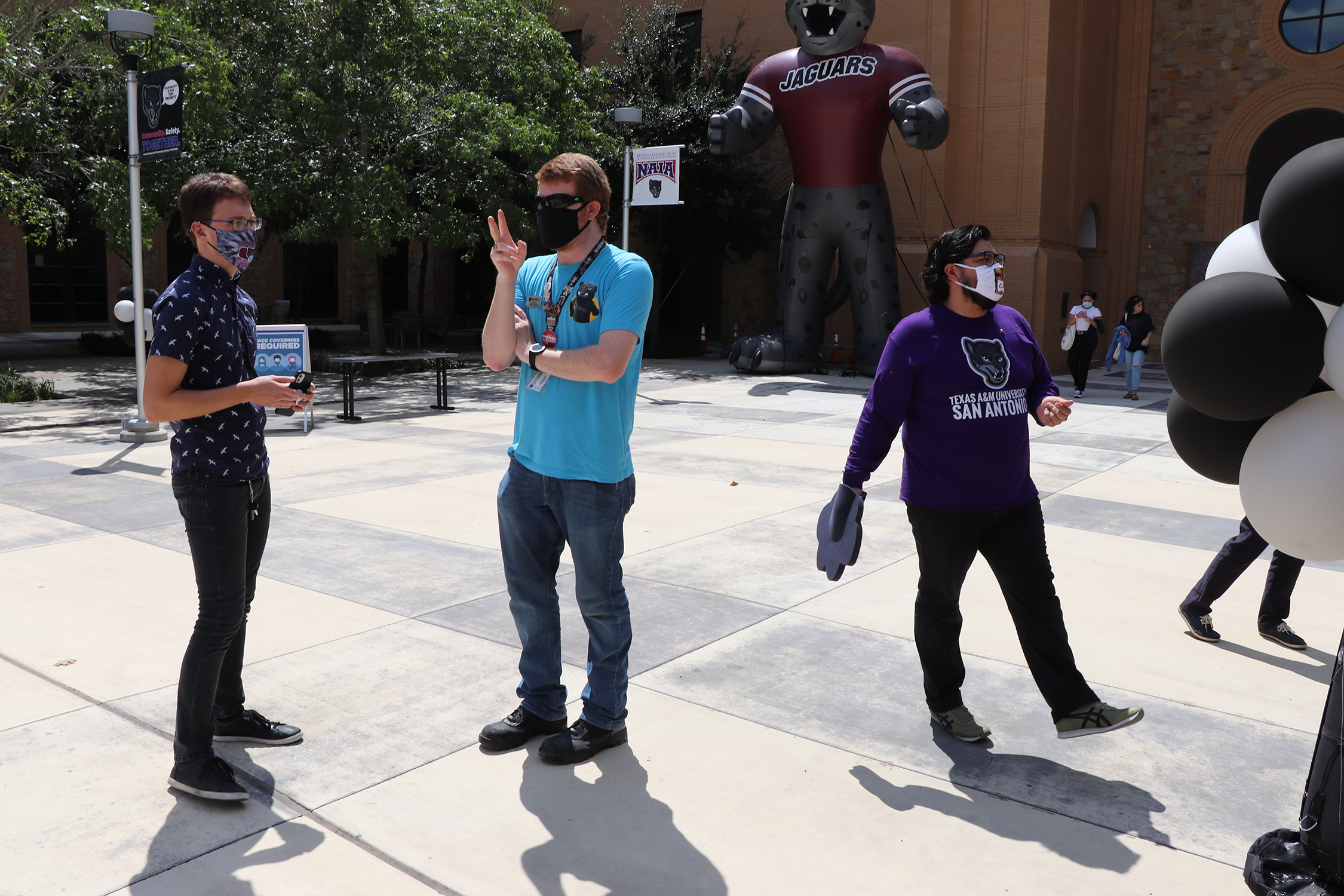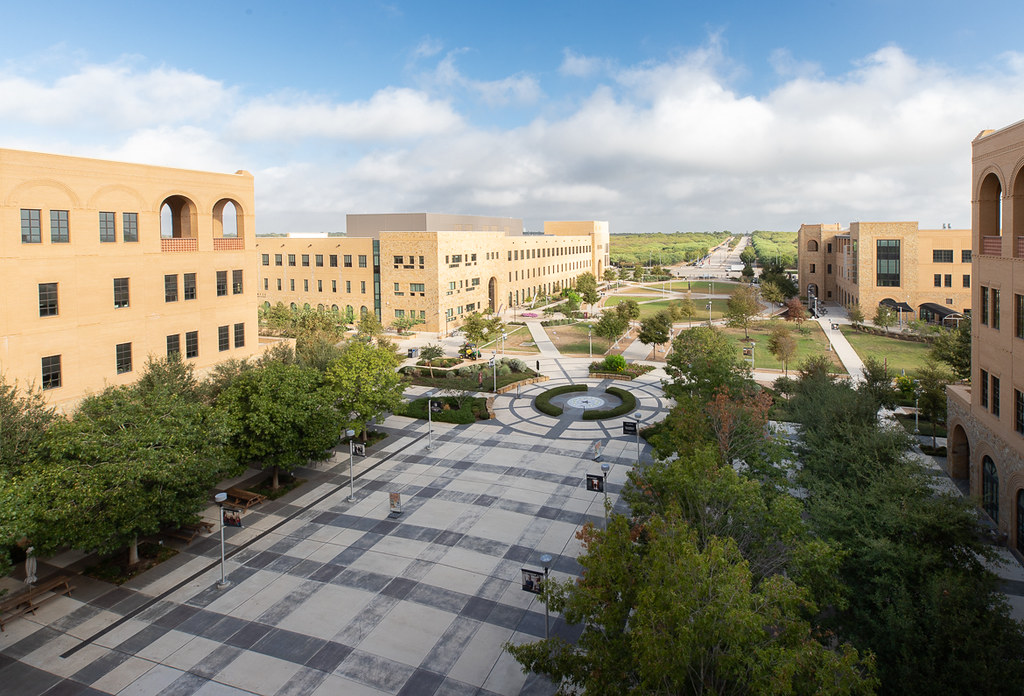
(This is the fourth in a series of articles looking ahead to higher education campus life and academics in the fall.)
There are few places in the United States with a deeper appreciation for higher education than the South Side of San Antonio. This area and its families, tremendously proud and diverse, have also been historically disadvantaged. Poverty and a lack of access to resources provide often insurmountable barriers for those hoping to achieve better outcomes. But it is slowly starting to rise, led by economic development, including one of the “jewels” that was established here in 2009: Texas A&M University-San Antonio.
This Hispanic Serving Institution boasts 6,800 students, most of whom come from the surrounding area. They largely live off campus, many with extended families who are seeing the first generation of attendees soar to academic heights that were previously unattainable.
Dr. Cynthia Teniente-Matson was born in this part of the city. She and her family left to go to California for better opportunities when she was young. But after weaving her way through higher education in administration on the West Coast, she returned to lead Texas A&M-San Antonio as its President. She understands the immense value her institution is providing to those students and families, especially during this difficult time.
“I have come back to lead a community that has been plagued for several decades by lack of opportunity, by income segregation, by a lot of comorbidities due to poor health conditions,” she says. “I am very blessed and fortunate that my parents felt that they needed a better opportunity for their children. It’s regrettable they felt they had to not only leave the neighborhood, but leave the state for those sorts of opportunities. They both graduated from high school right by where this university currently stands. It was an education desert.
“So, coming back here now and understanding the difficult decisions that they were confronted with – understanding poverty rates, understanding the zip code lottery, understanding health disparities, understanding teen pregnancies and low-income school districts – it was very personal to me to be able to not only lead here, but to help people change their lives.”
During the pandemic-interrupted 2020-21 academic year, Texas A&M-San Antonio has provided that lead by increasing remote learning options and support services and ensuring one of the most important moments remained intact for those in finishing their studies: commencement.
“When you are born a Hispanic Serving Institution and the majority of your students are first generation, we recognize the importance of milestones in their livelihoods that cannot be replicated,” Teniente-Matson says. “So, we went all out in the creativity and in the investment to create a commencement [last December] that would honor the students and honor the importance that it is to their families. What students really wanted was a stage crossing. That brought so much goodwill. You could see how many people in extended families were there to watch them walk across the stage.”
On May 15, Texas A&M-SA plans to host its spring commencement indoors – lessons learned from hosting outdoors “in the scorching Texas heat” – with all social distancing and all safety protocols in place, and with that stage for graduates to proudly stride across and pose for pictures for those who may not have had that opportunity.
Looking ahead to the fall
Commencement might be the culmination of a long year for Texas A&M-SA, but it’s also the start of a new and bright one as the university – the fastest growing in the Texas A&M system – looks ahead to the fall and a much different campus.
“Though we’re not expecting to be 100% in-person instruction in the fall, we are hoping to be somewhere around 70 or even 75%, if possible,” says Mari Fuentes-Martin, vice president of student success and engagement. “We are already starting to transition our programming in that direction.”
Although Texas A&M operated almost exclusively face to face in classes before the pandemic, Teniente-Matson says of the 30% remote ratio, “we would have evolved to that at some point anyway. We’re trying to take advantage of that.”
Fuentes-Martin says particular attention will be focused on the newest members of the community, helping provide additional mentoring and supplemental support to both freshmen and transfer students.
“One of the things we are concerned about with many of our incoming freshmen over the summer is the virtual- or remote-learning experience they’ve had over the past year and a half,” she says. “We want to make sure that they are really ready to do college-level work, so we’re looking at the summer programs and introductory programming as being very academic-readiness focused, this year. We don’t want to set up anyone to fail during their first semester of college, so we have been exploring and determining what kind of foundation and reinforcements we can give them to be ready.”
More from UB: Mandatory vaccines mean more in-person at Harvey Mudd
State by state: Colleges mandating vaccination
More from UB: Eyes on the Fall Part 1/Cedar Crest College, Eyes on the fall, reopening in Florida, masks and vaccines, State universities join vaccine mandate
Keeping some elements that worked during the past year and not just scrapping them in a return to the traditional environment is a long-term goal for Texas A&M-SA.
“There are some courses that faculty members have invested in course redesign and pedagogical updates, some online courses that can work, as well,” Teniente-Matson says. “There are things we’ve learned that we can do virtually, like advising or some of the enrollment management pieces, some of the virtual job fairs and interviews. We hear overwhelmingly from students, they want to be back to in person. So, we’re trying to make sure we do that but keep the best of what’s worked for us in that virtual or hybrid environment for teaching, for learning and for wraparound support services for students.”
The university is also paying close attention to faculty, especially those who were up for tenure review.
“Everyone’s circumstances are different,” says Mike O’Brien, Vice President for Academic Affairs and Provost. “We wanted to consider the pandemic’s sometimes difficult impact on the lives, personally and professionally, of those assistant professors who were in the probationary period, going up for tenure.”
He says faculty also have been “directly involved in the decision making about campus safety, mask-wearing recommendations, determining a safe distance when meeting in person and provided input on other considerations that would become university policy during the pandemic. A lot of faculty have expressed their desire to get back in the classroom, which is where they want to be and where they feel they belong, so there’s already some momentum building for the fall.”
Poised for 2021-22 and the future
Although Texas A&M-SA has not made vaccinations mandatory (almost none have in the state of Texas), it is strongly encouraging them. In addition to resources it shares online, the university has invested in public health safety assistants on campus so students get questions answered.
“Our COVID numbers have been remarkably good, but I think there has been a heightened awareness of completing the vaccination because many Hispanic students and first-generation students often live with extended family members, helping to care for elder parents, elder grandparents, maybe aunts or uncles or loved ones,” Teniente-Matson says. “There is a sense of commitment to others that you might not find in other communities that has worked to our advantage. They take it seriously.”
To ensure that campus remains safe and eliminates potential virus spread, masks will be mandatory. Class instruction will be staggered so hallways aren’t completely filled, allowing time too for university employees to ensure sanitizing of those areas. Cleaning stations also will remain in each classroom.
Although the university has few residential spaces for students, they will return to full occupancy in the fall. In addition, student activities will return mostly in person.
“So, a lot more excitement and vibrancy on the campus,” Teniente-Matson says.
In a tumultuous year that provided so many setbacks for higher education, Texas A&M-San Antonio has done well to remain charging ahead and focused on the future.
“We have not really slowed down in our construction development progress. We opened a new building in the middle of the pandemic, which allowed us to spread out even more. We have another building that we’ve broken ground on. We proceeded with our athletic programs,” she says. “The A&M system has spared no expense in building a beautiful campus. So, for a community that has this large population of income segregation, you can drive here and see this shining jewel that is meant to be the beacon of light and hope for the future. And that’s the vision that we’re trying to achieve. We expect to be a magnet for more economic development that’s occurring around us in a number of new and emerging professions.”



